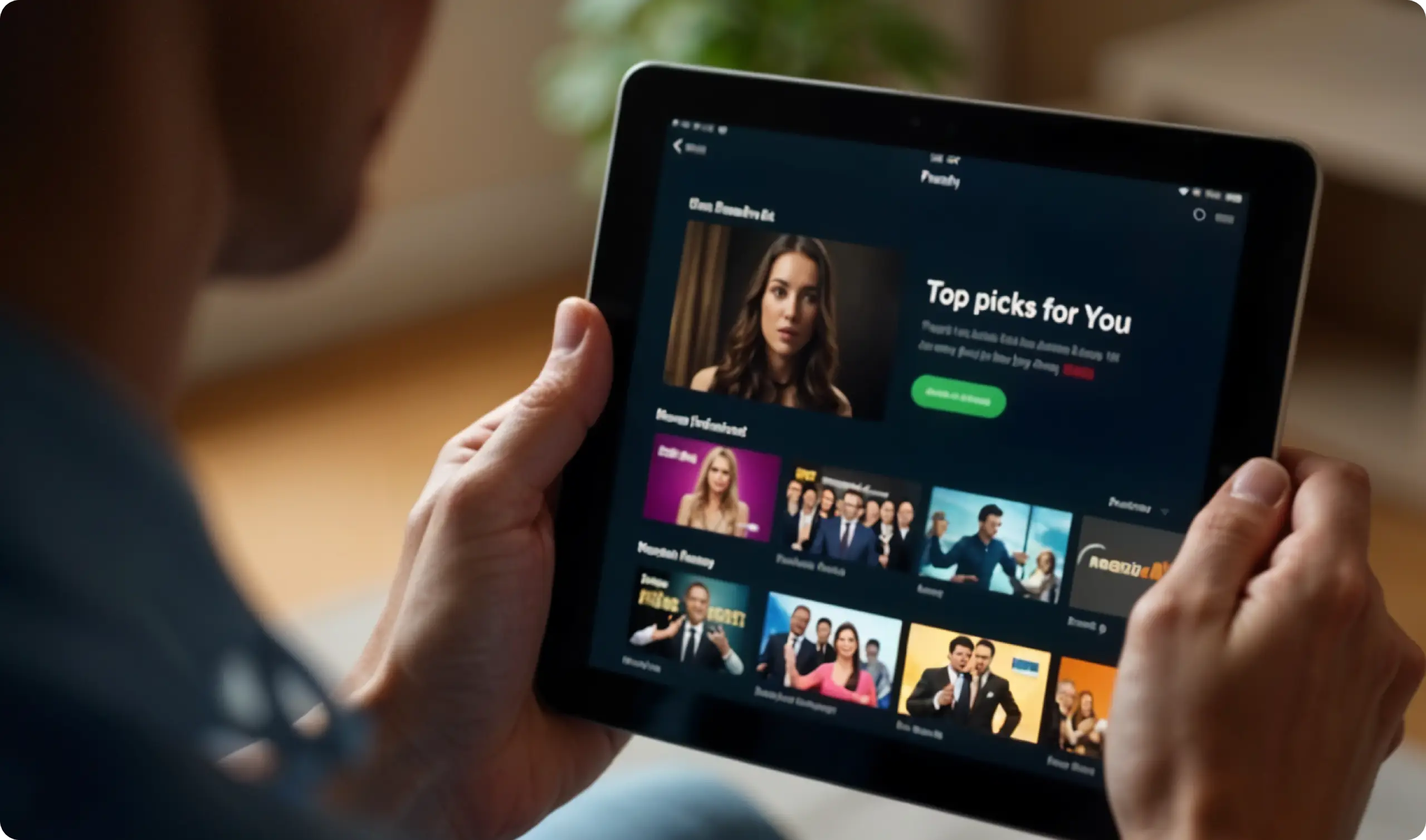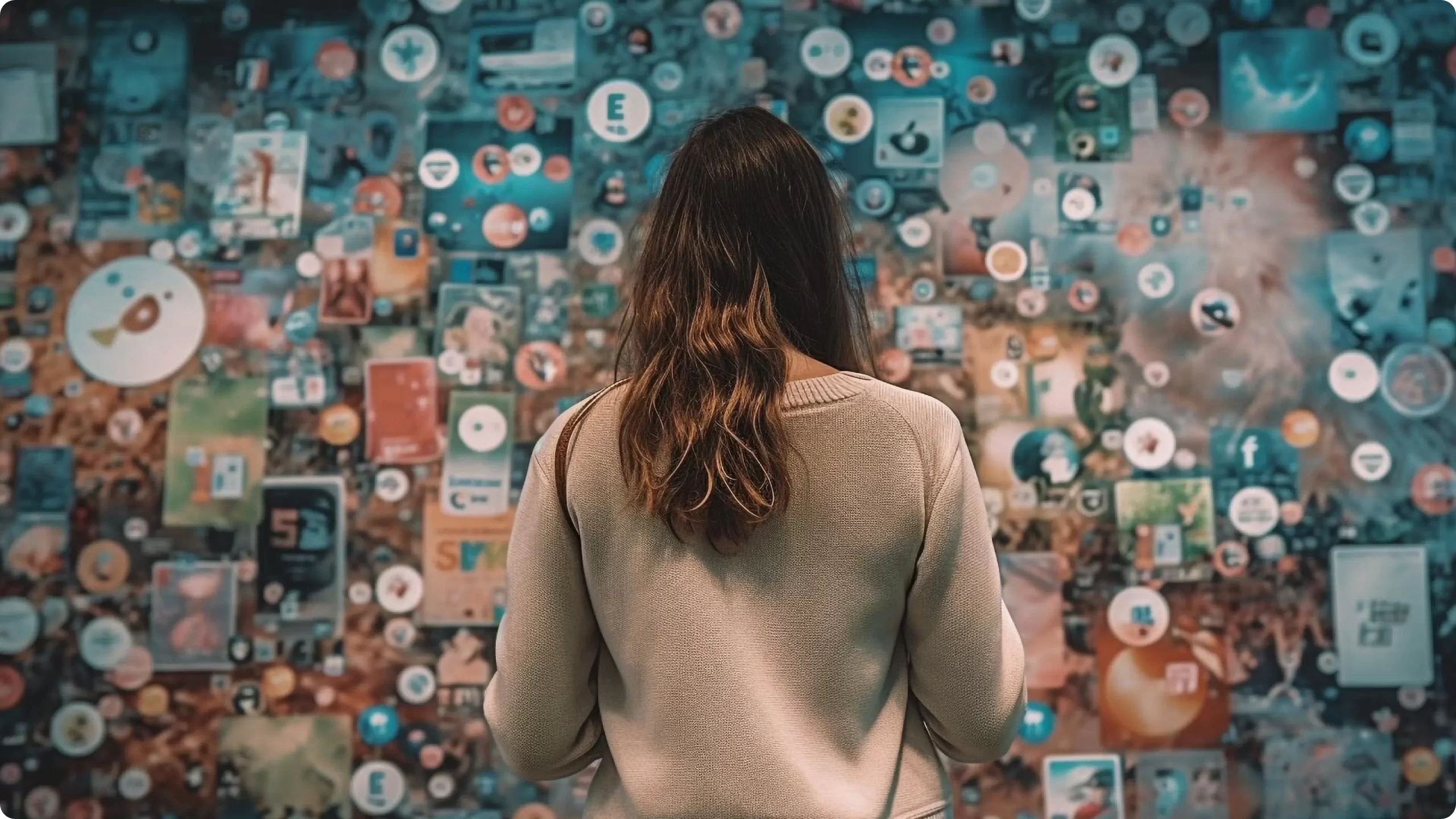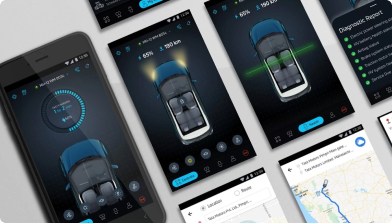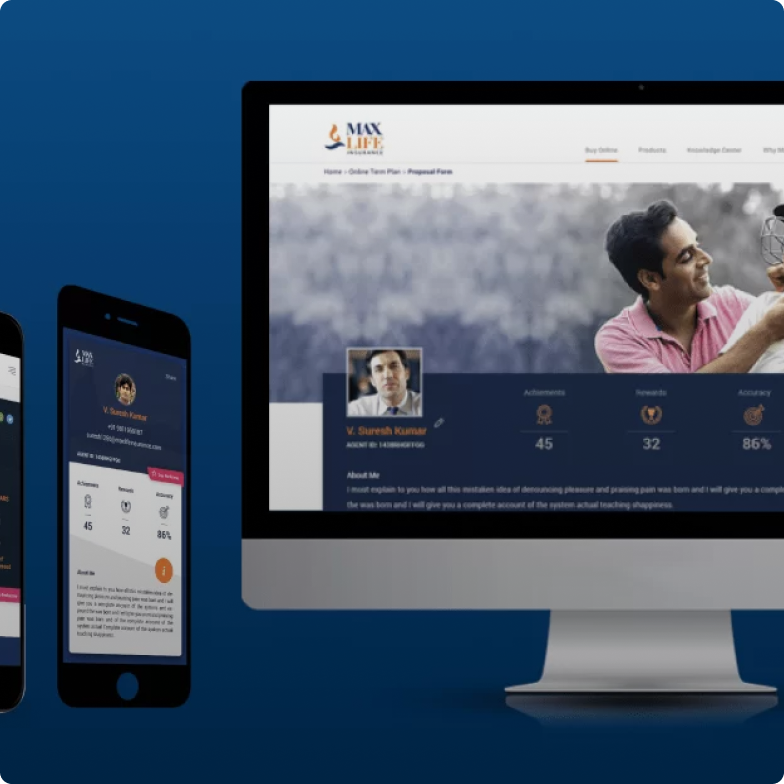In Mary Shelley’s gothic masterpiece, ‘Frankenstein’, a young scientist creates a miracle by bringing the dead to life. But in his blind passion for his work, he disregards the grotesqueness of the output. When people see the monster that Frankenstein created, instead of appreciating the wonder of his genius, they freak out. Even today, one cannot over emphasize the importance of making things look good, beautiful, or seductive.

In pre Design-driven development cycles, it used to be the age-old tradeoff between functionality and aesthetics. Of shipping something that works first and then bothering about how it looks or feels. The culprit variable being ‘time’ and maybe ‘cost’ to an extent. Program and project managers feel the pressure to release a product to market and make the tough call to let go off ‘non-core’ features like aesthetics, pushing it to the next version. The result was there for everyone to see – websites, apps and interactive products and services that resembled a Frankenstein’s monster. Sadly, next versions also came with their own set of ‘time’ and ‘cost’ challenges, leading to more grotesque products that would soon outlive their use. But these were times when design specs were focused on what functions a product should perform and how efficiently can it help users achieve it.
Fortunately today, thanks to Design approaches to creating products, seduction, aesthetics and beauty are a part of the spec. In fact it is a foregone conclusion that users demand product experiences that are good for their senses. The only questions designers, developers and program / product managers ask themselves is – How can we make our experience more beautiful than others? How can we use this to differentiate our product in the long run?
Beauty, of course, is highly subjective. In case of creating products, it relates to the contexts designers are dealing with. In fact, the same individual when using Product A, is bound to have a different set of expectations or sense of beauty when compared to using Product B. These differences could be related to the industry the product is aligned to or the mindset of users while using the product or the geography that the users are from. There is no way of pre-determining a design spec for beauty of a particular product. Which is why, it is important to inform the design process with aesthetic or sensory specs in addition to the functional specs. The outcome of such information is very likely to score high on features and seduction.
In other words, the best informed design is also beautiful.
Amplify your brand presence with the best UX design studio that truly aligns your needs with those of your consumers! Get in touch with us at YUJ Designs, today!






